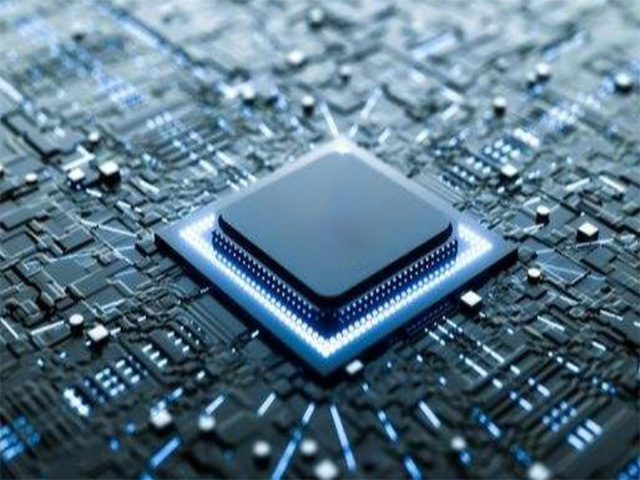Currently, high-end chips have become one of the important growth points of the current semiconductor industry. As the world's largest chip foundry giant, TSMC's leading position in this market is further strengthening, and its market share with its largest competitor Samsung is further increasing. Recently, media reported that as generative AI continues to be popular, major manufacturers such as Apple, Nvidia, and AMD are vying to place orders with TSMC, which masters 3-nanometer process technology. This makes TSMC’s AI chip production market share likely to be close to 100%.

TrendForce’s latest research report shows that in the fourth quarter of 2023, the world’s top ten wafer foundries generated revenue of US$30.49 billion, a quarter-on-quarter increase of 7.9%. Among them, TSMC ranks first with revenue of nearly 20 billion US dollars and a market share of 61.2%.
In fact, not only does TSMC lead in total revenue and market share, it is also far ahead of its peers in high-end chip technology.
Taking the most advanced 3-nanometer chip technology currently in mass production as an example, TSMC's 3-nanometer chip will cost US$20,000 per piece in 2023, which is about twice the price of 7-nanometer chips. Therefore, the demand is relatively small. Only Apple has TSMC places large-scale orders.
Entering 2024, driven by AI technology and applications, demand in smartphones, servers and other fields has increased significantly. In addition to Apple, Qualcomm, MediaTek, Intel, and AMD will all launch their first 3-nanometer chips this year. NVIDIA, which accounts for more than 90% of the global AI chip market, also handed over foundry orders to TSMC.
Therefore, even if TSMC further expands its factories and adds production capacity, it may still be unable to meet market demand, that is, the 3-nanometer chip process will be in short supply.
There is news that driven by the demand for AI and high-end processors for mobile phones, even TSMC’s major customer Nvidia can only retreat to the 4nm process. Bloomberg Industry Research Analyst Charles Shum said that Nvidia’s AI semiconductor boom may “hit a wall” this year due to insufficient production capacity of TSMC.
Samsung Securities researcher Moon Jun-ho (transliteration) even said that no matter who wins this AI chip war, TSMC’s AI chip production market share may be close to 100%, which is equivalent to a monopoly market.
Industry analysis shows that TSMC will make every effort to expand 3nm production capacity in 2024, and will even transfer part of its 5nm production capacity to 3nm. The utilization rate of 3nm production capacity is expected to exceed 80% by the end of the year.
Previously, TSMC President Wei Zhejia also stated at the conference that the 3-nanometer process will enter the mass production stage in the second half of 2023. Thanks to the contribution of mobile phone and HPC demand, the revenue contribution of the 3-nanometer family will more than triple this year, and the overall revenue proportion will be more than tripled. It also climbed to 14-16% from 6% last year.
According to data released by financial analyst Dan Nystedt, TSMC’s largest customer in 2023 will still be Apple, accounting for 25% of overall revenue, while Nvidia jumps to second place with 11%, plus MediaTek, Qualcomm, Broadcom, and Marvell The top 10 customers including Electronics, Sony and AMD accounted for a total of 91%.
Relatively speaking, Samsung, which earlier announced mass production of 3-nanometer chip technology, seems to be increasingly far behind TSMC. According to analysis by research firm TrendForce, the gap in wafer foundry market share between TSMC and South Korean semiconductor giant Samsung Electronics has widened from 45.5 percentage points in the third quarter of 2023 to 49.9 percentage points in the fourth quarter.
Although Samsung was the first to adopt a surround gate (GAA) structure in the 3nm process in order to narrow the gap with TSMC in the 3nm process, it only received a small number of orders from Japanese AI giant Preferred Networks Inc. (PFN) due to its low yield rate. .

